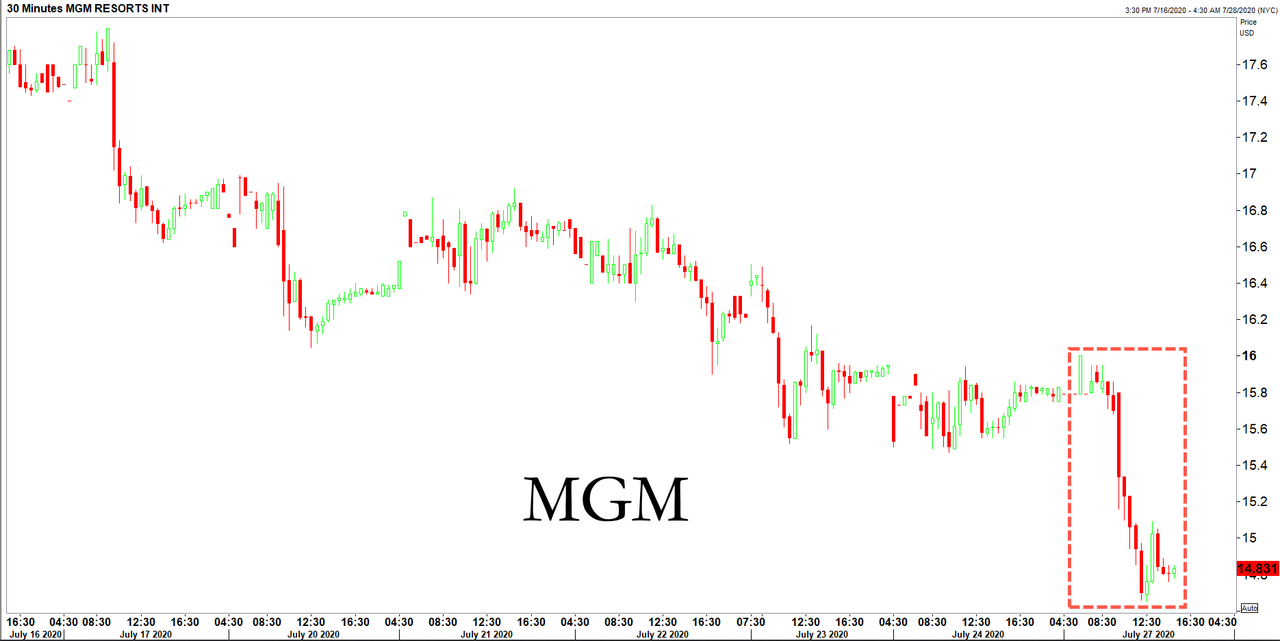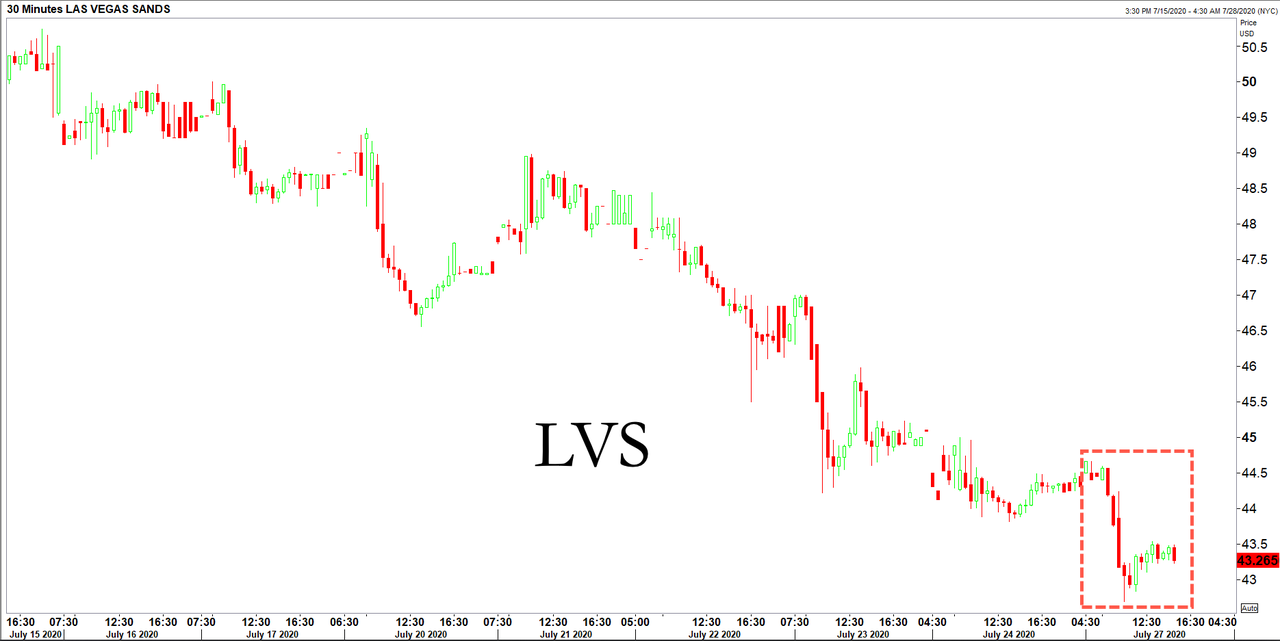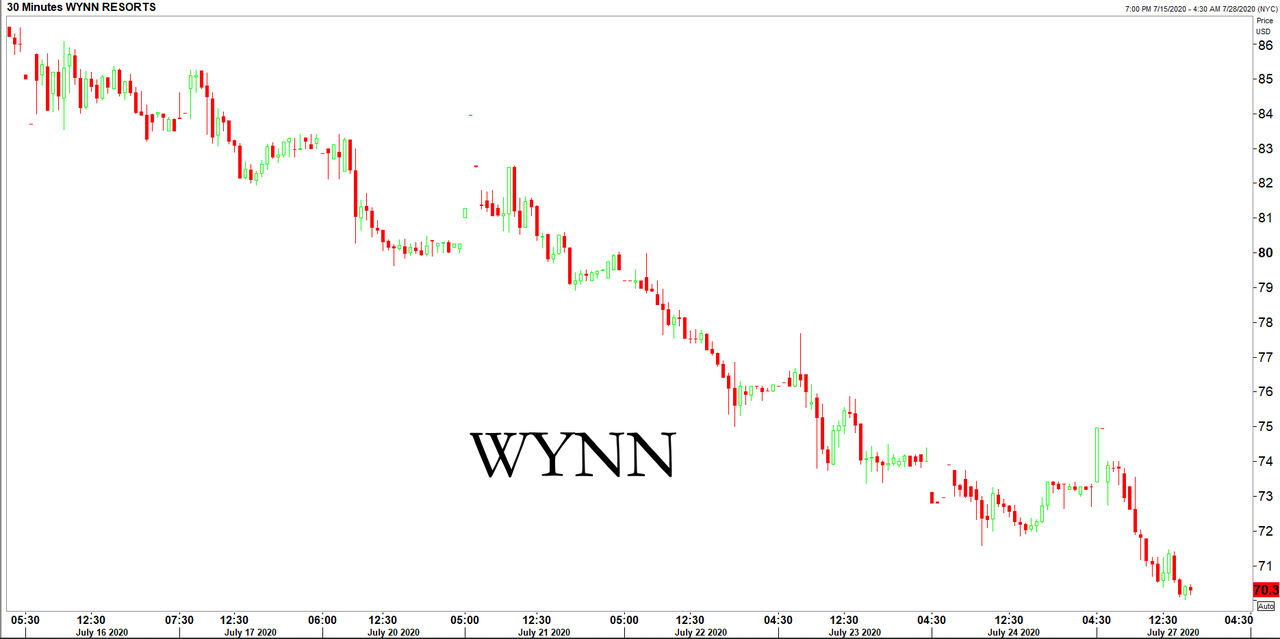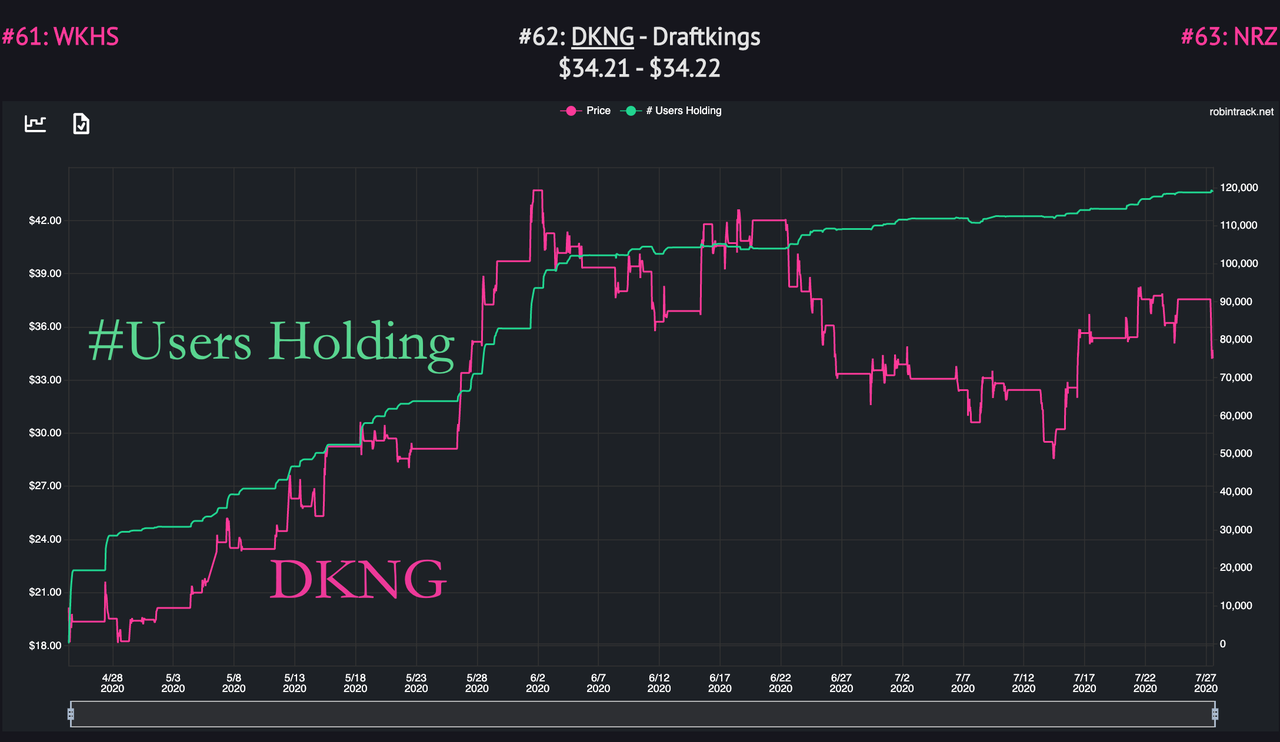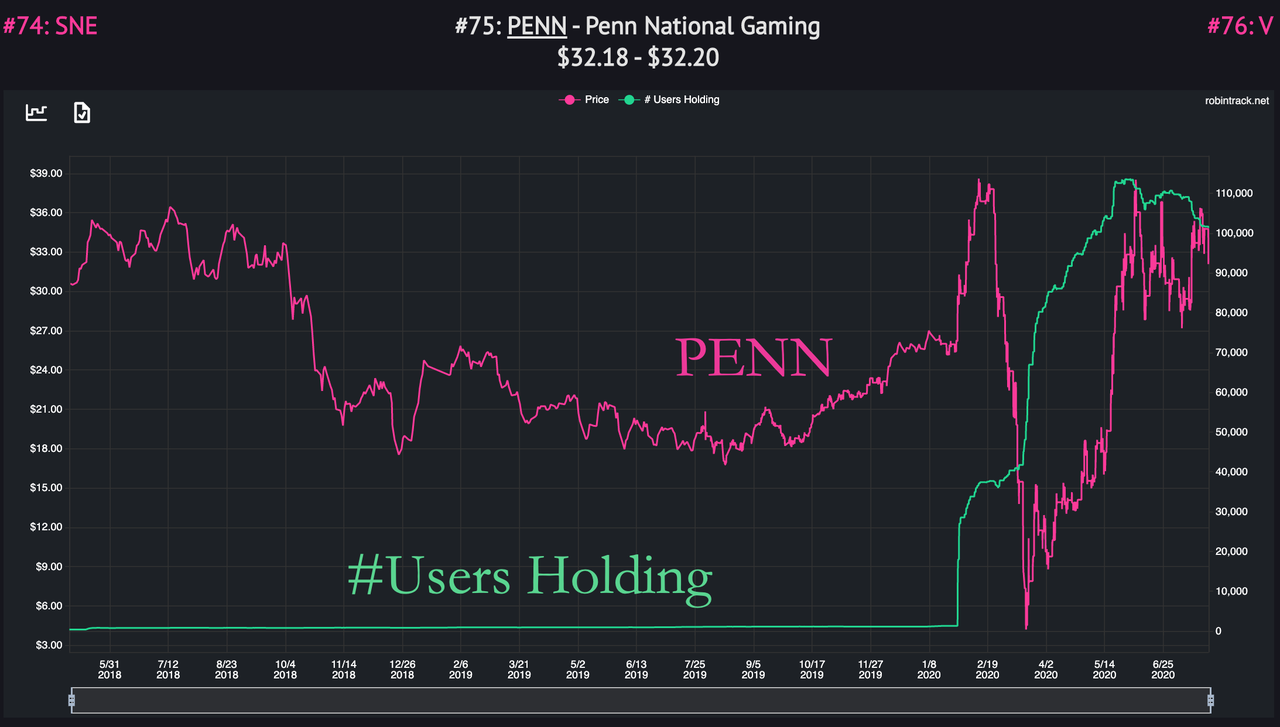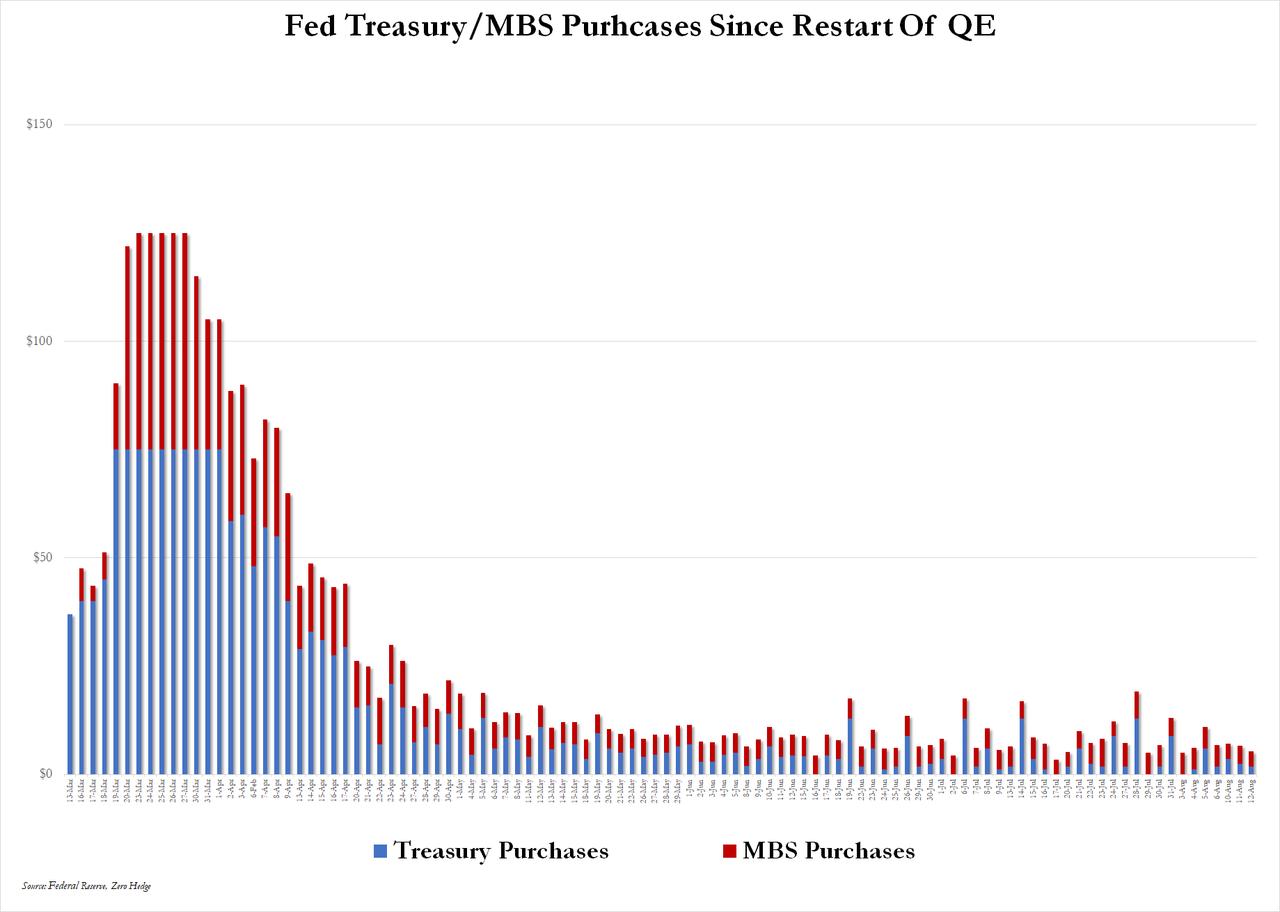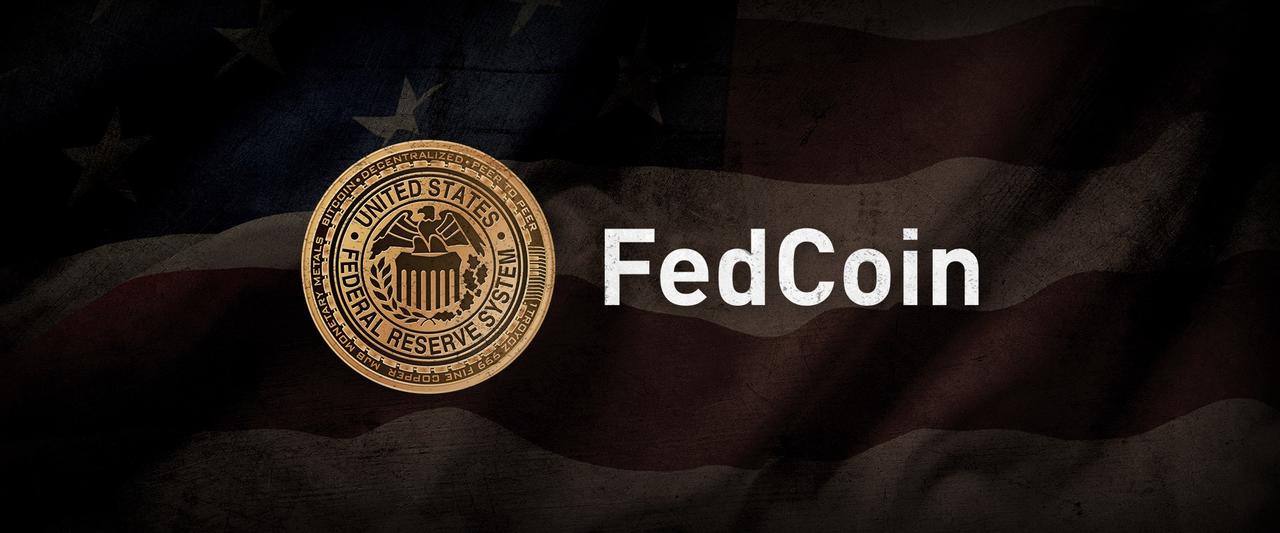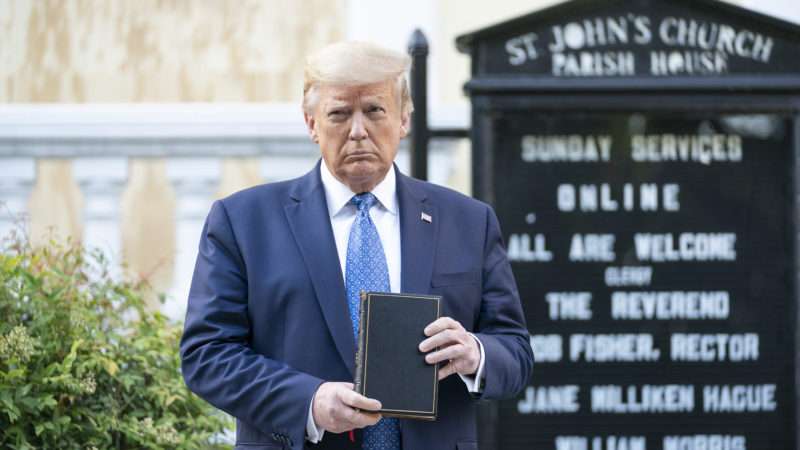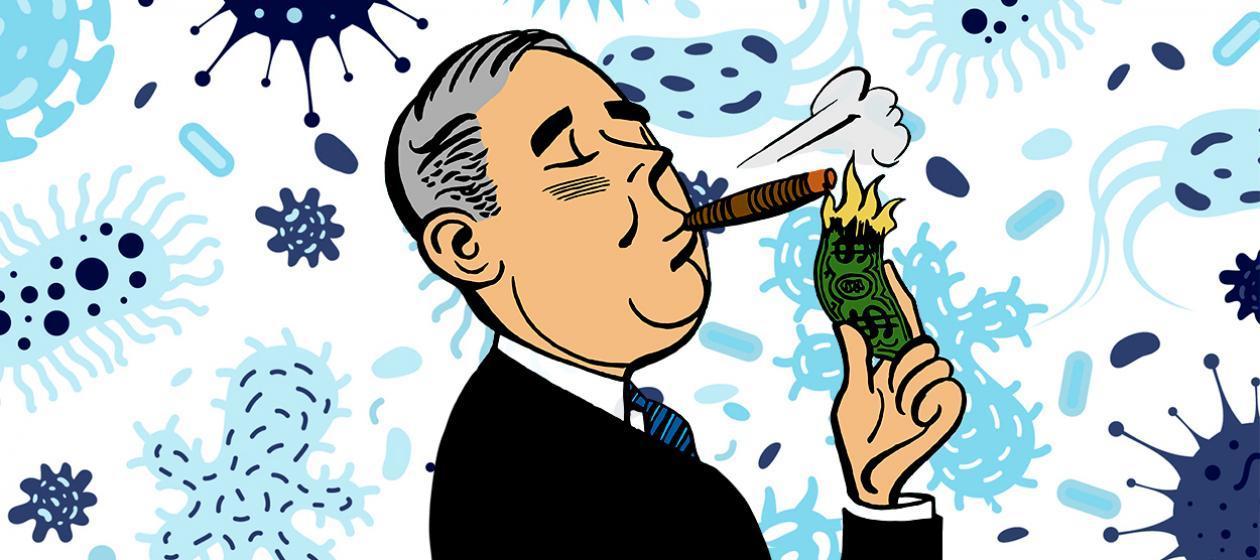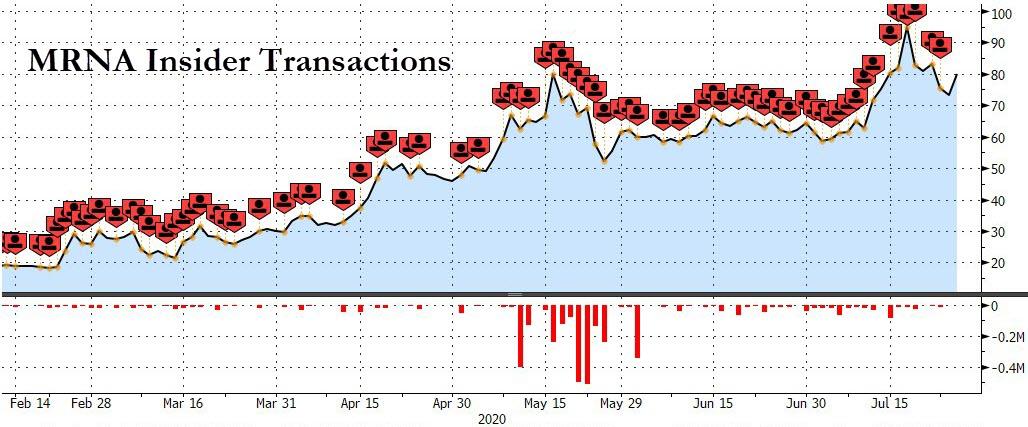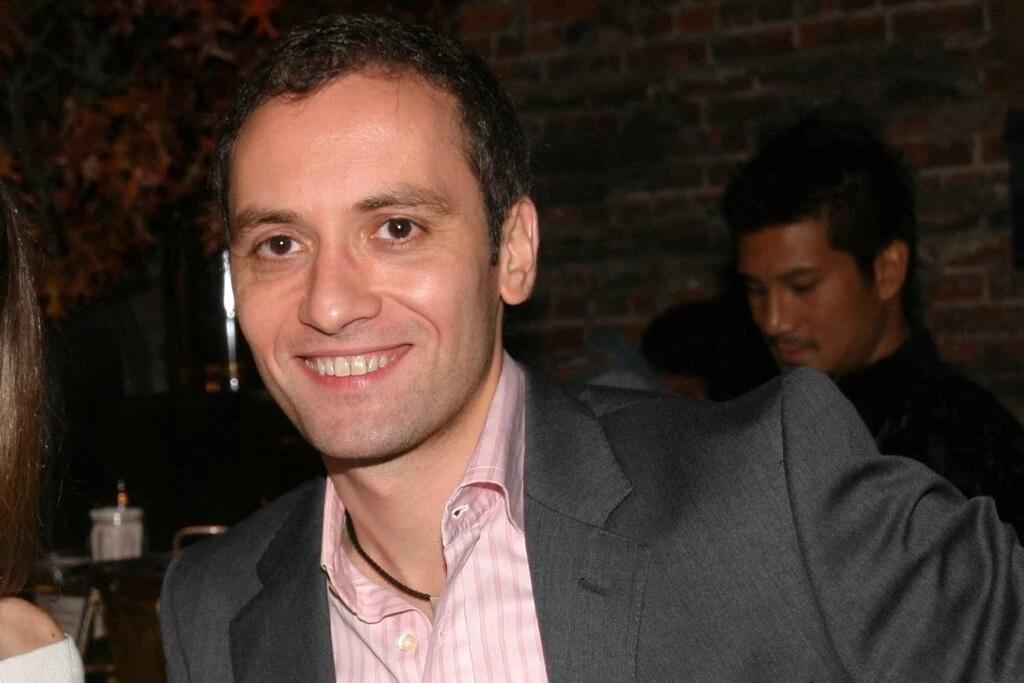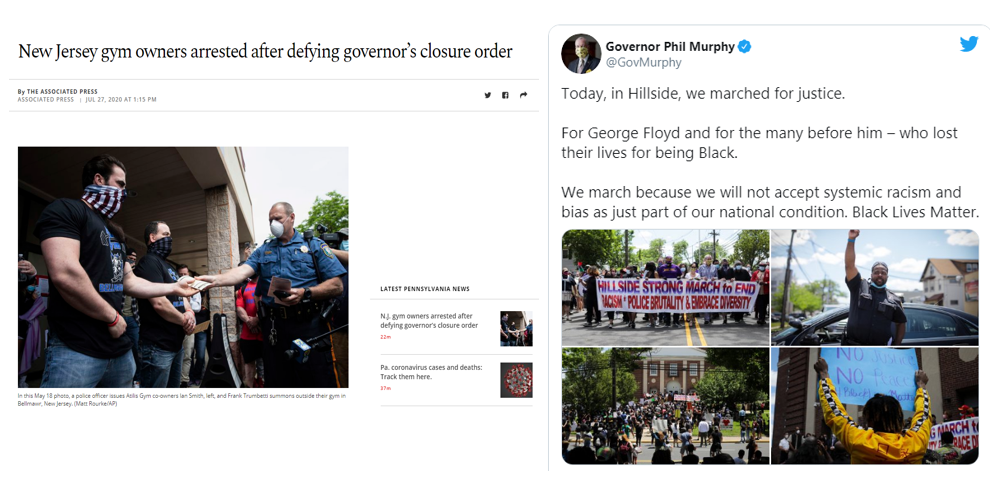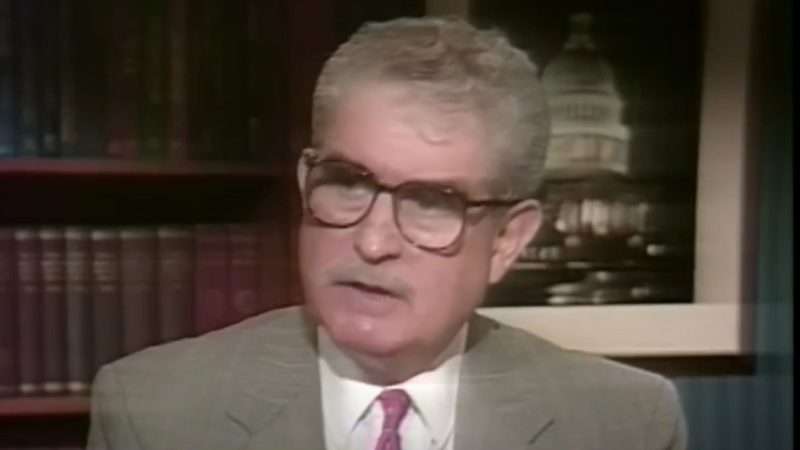Arnold Trebach, who died last week at the age of 92, started the Drug Policy Foundation in the heat of Ronald Reagan’s war on drugs. It was the same year that Joe Biden, a Democrat who is running for president this year as a criminal justice reformer, wrote the Anti-Drug Abuse Act of 1986, which prescribed new mandatory minimum sentences for drug offenses and created the notorious weight-based sentencing distinction that treated crack cocaine as if it were 100 times worse than cocaine powder.
It did not seem like an auspicious time to be urging a reconsideration of drug prohibition. Three years later, when President George H.W. Bush announced yet another escalation of the war on drugs while waving a bag of crack on national television, Biden, then a Delaware senator, delivered the Democratic response. “Quite frankly,” he said, “the president’s plan’s not tough enough, bold enough, or imaginative enough to meet the crisis at hand.” Calling drug use “the No. 1 threat to our national security,” Biden said “what we need is another D-Day, not another Vietnam.”
In this context, with Democrats outbidding Republicans in their zeal to deploy violence against people with politically incorrect pharmacological tastes, it took a certain kind of chutzpah—a good kind—to start an organization dedicated to the proposition that there might be a more tolerant approach. But Trebach, a middle-aged lawyer and professor of justice at American University, figured someone should be talking about downside of this bipartisan chemical crusade and suggesting an alternative he called “drug peace.”
Even before he started the Drug Policy Foundation, Trebach’s skeptical treatment of the war on drugs in the courses he taught prompted a telegram to the president of American University. “Close your doors immediately,” it said. “Do not continue to corrupt any more American youth.” The idea that questioning current policy was tantamount to corrupting “American youth” suggests the level of debate that was typical at the time.
“We must convince people that it is respectable, it is rational, it is decent, to oppose current drug laws,” Trebach told Reason in 1987, the year he published The Great Drug War. “The major thing I want to do is replace hate with love or intolerance with tolerance. The drug law does not deal with some of the major problems connected with drug abuse—crime and corruption. The law only makes the corruption worse, makes the crime worse, and does not help the simple addict. I know of no addict who has been helped by being treated as the enemy.”
In The Great Drug War, Trebach highlighted the cruel, perverse, and invasive consequences of using force to prevent people from altering their consciousness in ways politicians did not like. The fallout included widespread drug testing, humiliating border searches, civil asset forfeiture, imprisonment of nonviolent drug offenders, police corruption, undertreatment of pain, misinformation about the relative hazards of drugs, coercive “rehabilitation” programs like Straight Inc., vain and destructive efforts to stamp out drug production in other countries, and a running battle between domestic marijuana growers and cops determined to eradicate their crops and livelihoods.
“We are losing the great drug war because our leaders…have declared all users of illicit drugs to be ‘the enemy,'” Trebach wrote. “Thus, they refuse to distinguish between drug use and drug abuse, between responsible drug use and compulsive addictive use.” They have “therefore declared at least 50 million Americans to be enemies of the state.”
The book’s subtitle originally touted Radical Proposals That Could Make America Safe Again, although Trebach stopped short of recommending the legalization of all drugs. In the 2005 edition, which did call for a broad dismantling of prohibition, the subtitle was changed to Rational Proposals to Turn the Tide, a revision that may have been motivated by marketing considerations but also reflected a change in public opinion that Trebach helped bring about.
The percentage of Americans who favored legalizing marijuana had by that point begun an upward trend that would lead to majority support within a decade. Meanwhile, politicians were beginning to question the mandatory minimum binge that politicians like Biden had promoted. Two years later, Biden himself would introduce a bill aimed at eliminating the unjust and irrational distinction between the smoked and snorted forms of cocaine, which had led to strikingly unequal treatment of black drug offenders.
Trebach’s D.C.-based organization—which in 2000 merged with Ethan Nadelmann’s Lindesmith Center in New York, an amalgam now known as the Drug Policy Alliance—played a seminal role in encouraging that evolution in thinking by bringing together antiprohibitionists from across the political spectrum. As my former Reason colleague Virginia Postrel noted in 1989, the Drug Policy Foundation’s conferences offered fresh perspectives on drug use and addiction that went beyond “medicalization,” which would treat consumers of currently illegal substances as patients rather than criminals. These were gatherings where libertarians influenced by Thomas Szasz and Milton Friedman mingled with public health specialists, left-leaning critics of the carceral state, and conservatives troubled by the myriad ways in which prohibition undermines law and order.
Writing for Reason in 1988, by which time he had turned fully against prohibition, Trebach argued that even the “worst-case scenario” of substantially increased addiction under legalization would be better than the disastrous consequences of the war on drugs. “Everything we know about the dynamics of drug use suggests that the real scenario will be even better,” he wrote. “If we legalize the currently illegal drugs, teach temperance and moderation regarding all drugs, and treat addicts and cancer patients alike with compassion and sound health care, the whole topic will be reduced to a mid-level and, hopefully, boring issue of national health policy.”
We have not yet reached the point where drug policy is boring. But discussion of the subject is notably calmer, more compassionate, and less reflexively punitive than it was in the 1980s, when Trebach dared to question the aggressive, indiscriminate approach favored by Democrats and Republicans alike. The ongoing collapse of marijuana prohibition—combined with the shift embodied by Biden, who now says he wants to abolish the mandatory minimums and death penalties he once championed—suggests that Americans are thinking about drugs a little more rationally than they did a few decades ago. That’s no small achievement, and Trebach’s advocacy, as he hoped, helped make opposition to the war on drugs respectable.

from Latest – Reason.com https://ift.tt/2P06PSb
via IFTTT
